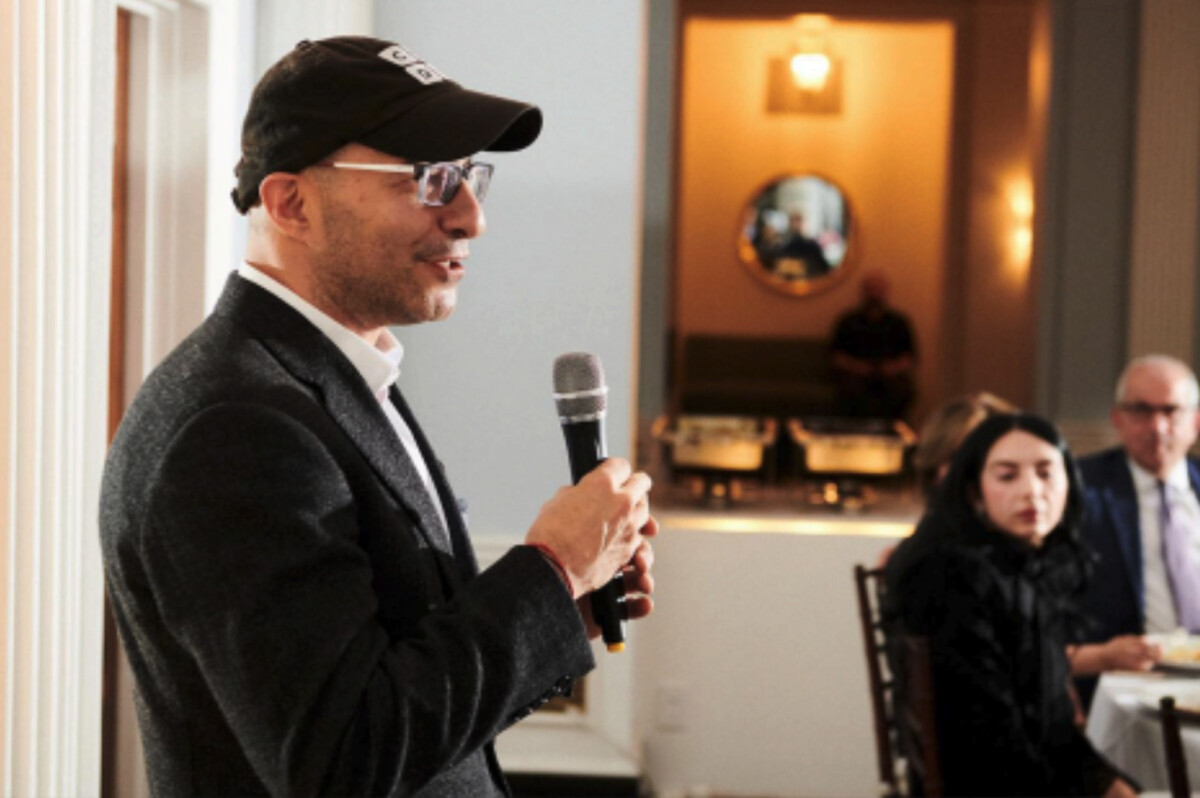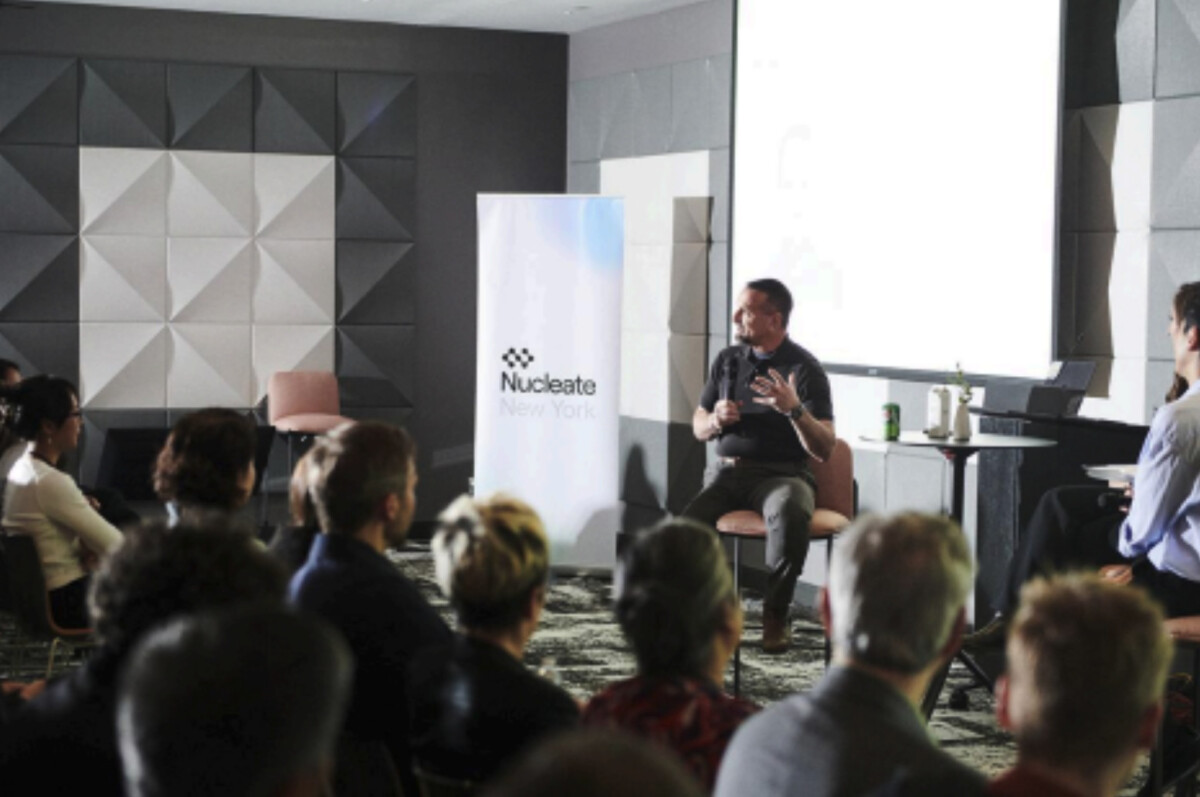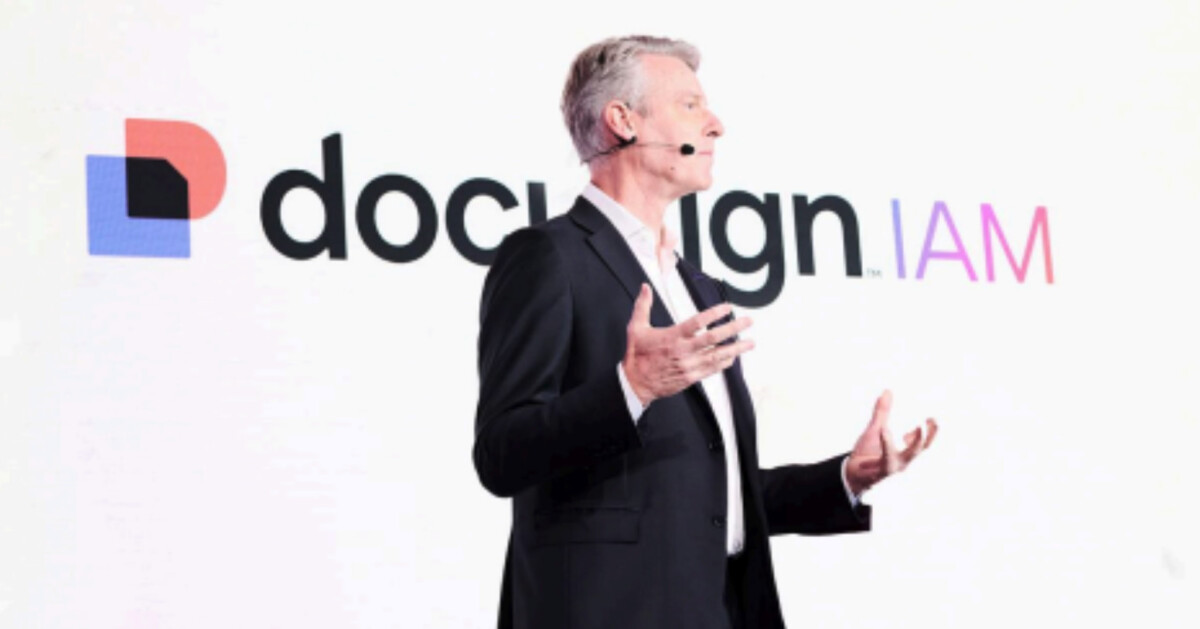Event Photography is big business. This is true because events themselves are big business.
Recent research shows that the global events industry market is expected to reach a revenue of 2.1 trillion by the year 2032, exhibiting a compound annual growth rate (CAGR) of 6.4% from 2023 to 2032 (Events Industry Dollar AMT 2032).
This being said, are you uncertain of where your place is in that 2.1 trillion dollars in the coming years and, if so, curious about how to break a piece off of it? Read the below story for insight from a full-time NYC photographer and see how I went from the brink of closure to being commissioned for work by brands such as DocuSign, Google, and Youtube, and who has shot such noted celebrities as Reese Witherspoon, Eli Manning, and Jeff Bezos, and whose travels recently took him to Shinnecock Hills Golf Club (one of the world’s best golf courses and regularly a venue for the PGA tour) for a hedge fund with three quarters of a trillion dollars under management (yes, trillion with a t).
And so, if you want to be an event photographer with rates of $350+/hr, you first need to ask yourself this question:
Who Is My Customer, What Do I Offer Them, and What are My Products?

Reese Witherspoon joins Allen Thygesen onstage for a fireside chat, Momentum 2024 by Joe Jenkins
When I first got into photography I took on everything and anything, and this is likely a path followed by countless photographers across the spectrum. I photographed two massive suitcases full of neon-colored, plastic shoes for a wholesaler in midtown that I spent literally a week doing and at all hours of the day (I remember retouching these shoes while watching Black Mirror at 5AM). I photographed a luxury carpet collection for a couple of Tibetan businessmen (evidently luxury carpets and rugs are a big Tibetan export). I rode a train for two hours on a Sunday to photograph some off-off-off-off-off-off-broadway fashion show out in Long Island for a charity aimed at finding homes for displaced dachshunds (seriously. They alliterated and everything).
Part of the reason I did this was because I was new to the field and the other part of the reason I did this was because I relied on gig sites to get work. And boy, those gig sites did in fact get me work (and lots of it). The problem with being on a gig site, however, is that the work is never cohesive or uniform and, as well, oftentimes rarely involves major brands or big money. I was making over six figures but I was running myself ragged and working all hours of the day and, as well, was plagued with a huge sense of impostor syndrome (I kept telling myself I’d stumbled across some loophole for getting business, weird and random as it was, and that I really wasn’t that good at what I did).
Another massive problem with getting all of your work from gig sites is you’re not building yourself any brand equity in the world. Relying on gig sites for work is equivalent to operating a coal furnace to propel a steam ship. The ship will continue to move so long as you continue to shovel coal into its furnace. Once you stop, the ship stops. And nobody really knows it’s there.
When COVID hit, my relationship with those gig sites completely deteriorated as they raised their costs to account for how the pandemic affected their business and forced me to do something I’d fantasized about doing for years – going off on my own and not logging into places like gigsalad or thumbtack once a day.
Pound the pavement I was going to do. Develop leads I was going to work at. Rank on google I would do. Stop talking like Yoda I would.
Anyhow, I was super pumped. For an hour. Then it sucked.
It took the Steve Jobs biography to realize that I was, and am, a traditional business.

Code.org founder Hadi Partovi, Joe Jenkins
When Steve Jobs came back to Apple, the company was a few months away from bankruptcy. I myself, admittedly, was probably about six months away from cashing in my chips and shutting down the studio I maintain in Williamsburg, Brooklyn.
I say that I was six months away and not a few months away not because it was a different level of dire but because Apple’s operating costs were, I venture to say, probably a little higher than mine at the time (Apple had thousands of workers and hundreds of vendors on its payroll while I mostly just had to afford a turkey sandwich once a day and a commercial landlord once a month).
This being said, there’s a famous scene in the Steve Jobs biography where he walks up to a whiteboard awash in Apple’s at-the-time quagmire of products. Every single product Apple had in its product line was on that whiteboard, from the Newton to the Macintosh and, as Apple at the time had a countless maze of randomized products, that whiteboard was a disaster.
Steve Jobs walked up to that whiteboard, erased everything, and drew a square in with four quadrants. At the top of one side he wrote ‘Pro’ and on the top of the other side he wrote ‘Consumer.’ And thereafter he put one product in each of the four quadrants; reducing that mess of a product portfolio down into four simple squares and four simple products and placing Apple onto the path of world domination/etc that everyone is familiar with today.
I Needed a Reboot myself, as Things Were Pretty Dire
Sometime last year while walking down Sixth Avenue in NYC, I was ruminating on my inability to pay all my bills and on my progressively deteriorating financial situation. I hadn’t at the time made any sort of connection between the above Steve Jobs story and my inability to make a living, and my thoughts at the time were becoming increasingly more panicked and ever-more-irrational.
I was bouncing around from revenue-earning idea to revenue-earning idea; my brain hatching all sorts of novel, basic, complicated, asinine, and unnecessarily new ideas in order to solve the problem that was me being super broke and altogether failing.
Then, out of nowhere, a thought-chain led me to two simple questions:
What Forms of Photography Make Me Money? What do I spend all of my time doing?

Dropbox cofounder Arash Fardowsi hands his pledge check to code.org, Joe Jenkins
Those two questions hit me like a thunderclap and I haven’t been the same since. How, as a photographer, do I make money? And what, as a business, are my products?
That’s it. That’s all I needed to ask myself. I did, and have always done, event photography and supplemented that business with headshots. I am a business with products, like any other business, and my job is to market those products to people that need them.
Up until that point I’d been trying everything and anything and I had been steering myself away from the work I’d been doing all along to become a successful photographer in NYC. I was emailing random amazon stores and trying to offer them photography for their half-the-time super-weird knick knacks. I was cold-calling mom and pop shops and asking them if they needed their stores photographed. I was putting together new webpages on my site to attract visitors for super obscure niche products.
I wasn’t focusing on my core products, which were event photography with a secondary focus on headshots.
From then on, I Focused on Just Those Two Things
From then on, I focused on doing those two things and only those two things. I would shoot events and I would take headshots; that was it. If a random job came my way by way of a referral or some other weird path a consumer took to get to me with their request, I’d consider it, but from then on I’d focus on my core products.
And that, I think, is one of the main problems others face with being freelancers and running businesses in the creative arts. People have a tendency to think they lie outside of common business convention and that the business they themselves run is some amorphous, ill-defined blob that grabs money from an unconcentrated and never routine set of places – that because they don’t sell a tangible product the typical rules do not apply to them.
And that’s the furthest thing from the truth, usually.
I Nuked My Wordpress Website and Rebuilt a New One on Squarespace

Regeneron founder George Yancopoulos addressing a crowd at Nucleate NYC, Joe Jenkins
This is not a Squarespace plug, but rather a genuine recounting of events that led me away from financial ruin. If you have questions about what Squarespace is, check out this guide for a better explanation than one I could ever hope to offer in the scope of this article.
https://ecommercefastlane.com/what-is-squarespace/
Anyhow, for nine+ years I ran my portfolio off of wordpress and for seven+ years I altered the php code myself. I tinkered with a gallery here and added some submission forms there. And, after nine years of doing this, I had this massive jungle of tangled wires and frankensteinian code that was about as SEO friendly as a sewer is clean – keep in mind I’d always gotten my business traditionally from gig sites, and the business gig sites gets you is insanely random and as a result, my portfolio was just as random looking.
I pulled the plug on my personal site and had no regrets about deleting nine years of what was, looking back, a personal web-project that I probably had some inborn sense of pride over. I ported my domain over to Squarespace, rebuilt my site in one night using its interface (its a beautifully clean and simple service if your site needs are pretty basic) and began working on getting web visibility for event photography in New York City.
I started off by guest blogging on a few different photography sites on the internet while simultaneously focusing on on-page SEO. And, in an overarching sense of consistency with my
new approach to business on the whole, I focused on one page of my site, and that was the following: https://www.joejenkinsphoto.com/event-photographer-nyc
The above is my event portfolio, and I focused on building up its ranking on Google while paying absolutely no attention to any other page on my site. Previously, I’d have ping-ponged around from page to page trying to randomly inflate one ranking here and another ranking there, but now I was hyper-focused on just one page.
My SEO efforts were a multi-pronged approach with a focus on copy and internal linking, but the main spearhead of my efforts came from guest blogging. If you’re wondering about how you can leverage the power of guest-blogging, you’re welcome to check out the following guide hosted on the very site you’re currently on: https://ecommercefastlane.com/the-power-of-strategic-guest-blogging/
Within two months my website was on the first page of local search results for event photography in NYC – I’d worked obsessively at getting there (I focused on event photography and nothing else). Leads started trickling in and at one point I was getting one or two per day, with a healthy number of conversions trailing not long thereafter.
I Was Doing Event Photography Again, But Now With a Different Approach

My event photography business was back on track and then, a funny thing happened. I started getting requests for random event jobs again – ones that lay outside my focus. Some guy asked me to go out to Connecticut for his daughter’s first communion.
Another one asked me to help out with a wedding reception out in Edison, New Jersey.
And you know what? I said no to the both of those things. And it was beautiful. Previously, I’d have reluctantly said yes to both of them because they’d have still paid reasonably well for the day and because I’d have told myself that one day I’d really make it and that I’d finally begin to start saying no after I’d reached that point.
But I’d have woken up on both of those Sundays and made some ungodly trek via multiple modes of public transportation out to some random spot in the burbs and spent an entire day doing some form of work I had absolutely on interest in doing. On the train rides over I’d have been insanely miserable and repeatedly asked myself what in god’s name I was doing and continuously vowing to never do those things again.
And that’s when I realized that I was going to be forever saying yes to things I had no interest in doing and that were in the grand scheme of things holding me back from the work I really wanted to do.
And so now, I do only corporate event photography with a secondary focus on private events only for clients in Manhattan or small areas of Brooklyn. If its out in flushing, Queens, I say no. If it’s down on Coney Island Brooklyn, I say no. I’m not trying to sound snobby but nothing life is too short and I’m too busy to spend four hours commuting to a job that in the grand scheme of things is not going to really help me build any brand equity in the world or get me the type of business I want five years down the road. Instead, I’m going to only photograph things that can further my life plans and further my business plans and not simply for my bank account’s sake.
The Takeaway From All of This
Whether you’re a professional photographer selling event photographs, a sporting goods store selling volleyballs, or an online shoe store selling shoes, you still at the end of the day have a core portfolio of products – and whether those products are tangible or not is inconsequential. They’re still products and people still want them.
So, if you find yourself in a creative space like me and think the conventional rules don’t apply to you, do yourself a favor, and think again. Your business will thank you for it.
Author Bio
Joe Jenkins is a professional photographer in New York City and has been doing it full time for eleven+ years. He is extremely passionate about photography as a profession and works day and night to achieve his goals. His core focuses are on portraiture and event work. He enjoys reading, writing about himself in the third person, and walking his dog, Charlotte.
As well, not that it matters, but he shoots Nikon.




